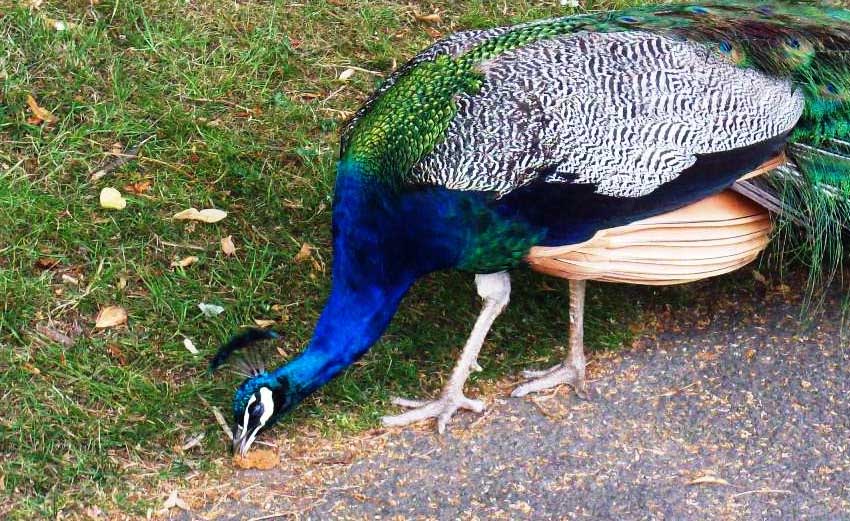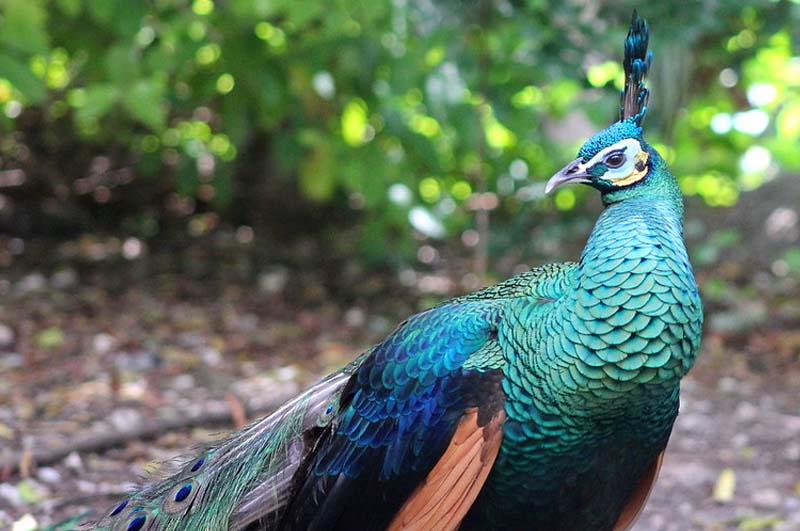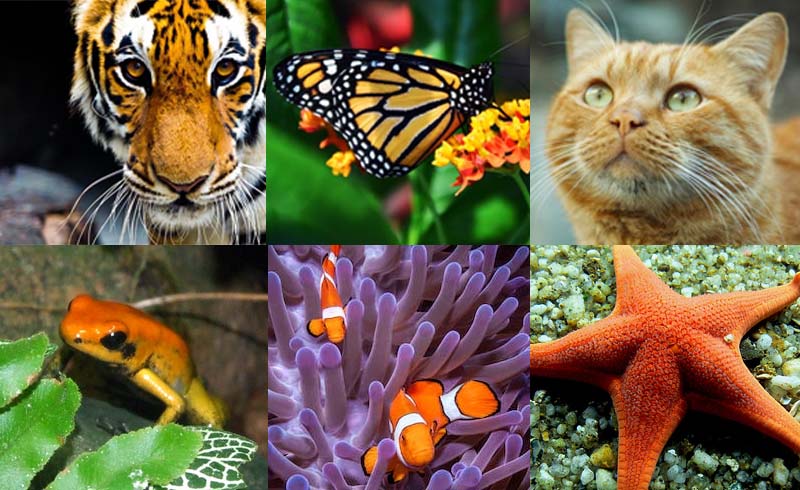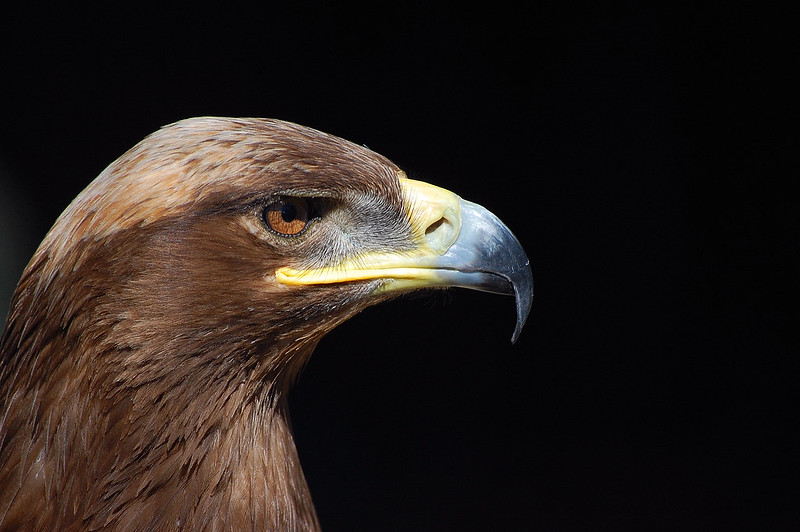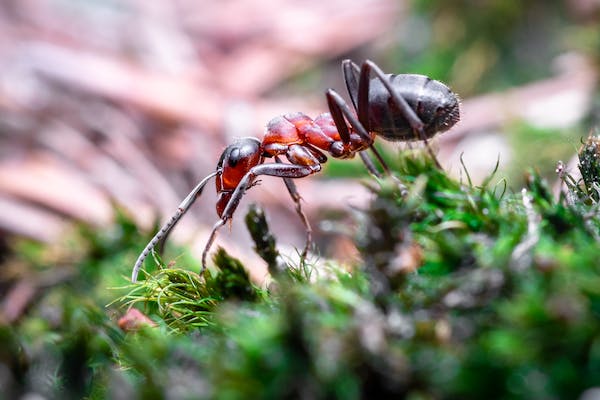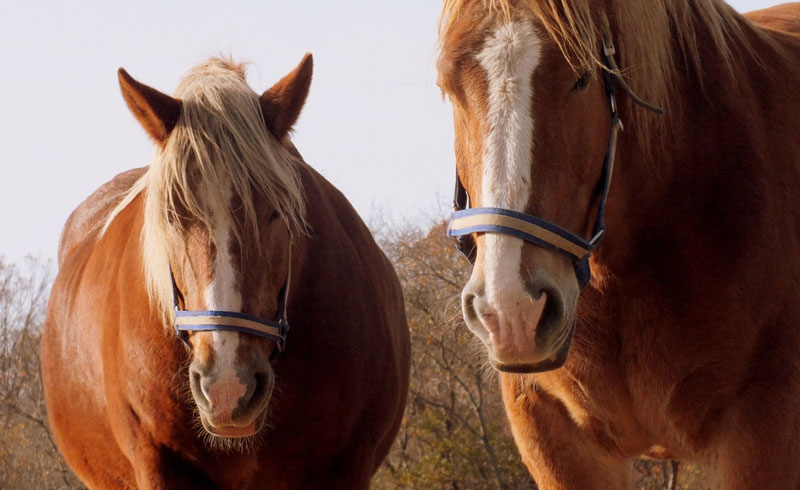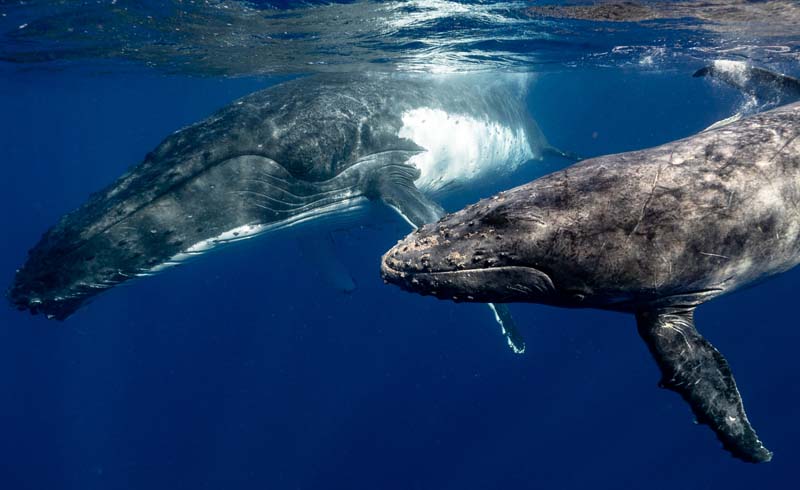Peacocks and their female counterpart peahens are an omnivorous species of fowl that is not at all very picky about what they eat. Their diet in the wild is huge and varied, ranging from grasses to insects of many kinds, and depends largely on what is available in their natural habitat.
Feeding Domestic Peafowl
In captivity, where peafowl are often raised for breeding, they are fed a specially formulated diet that best suits their intended purpose. Corn, grain and oats are popular food for bred and breeding peafowl alike, and many breeders supplement their diets with fresh fruit as well as manmade, high-protein dry foods for added bulk and muscle. The diet offered to them by the breeder should also include many opportunities for the peafowl to forage in their environment.
In the event that the peafowl must reside in a smaller enclosure, like your standard chicken coop, it is essential that their diet be supplemented with fresh fruits and veggies, as well as protein sources such as mealworms (which can be bought at many pet supplies stores). This mimics what they can find out in nature, if they did have the space to forage on their own.
Some breeders and other peafowl owners might choose to add a multivitamin to their birds’ diet for optimal health and nutrition. These vitamins are available in many formats, the two most popular being multivitamins that can be mixed into their drinking water and ones that can be added to their food.
Clean and fresh water is a must as well, since peafowl are very vulnerable to dehydration. This is particularly true in the warmer months of the year of course, but this is sound advice that should be followed throughout the year.
Tips for Feeding Peafowl Chicks
Young peafowl chicks have special nutritional requirements that should be minded so that they can grow up to their largest and healthiest size. At first, they should be introduced to an un-medicated starter peafowl starter feed. At this age, there is an increased need for the chicks to receive a high amount of protein, so the feed you give them should have a 30% protein content.
After they reach six weeks of age, that 30% can be reduced to 19%-20%. It is only upon full maturity that the peafowl should be transitioned from their starter peafowl feed to a standard peahen or peacock feed that suits the changed nutritional needs of your adult peafowl.
While the diet of a peacock might not necessarily be restrictive or picky in the slightest, it is important that they receive a very well-rounded diet to meet all of their nutritional needs. Protein from meat is just as important as the vitamins and minerals that are acquired through vegetation, and without both of these things your peafowl is not going to thrive as well as it possibly could.
